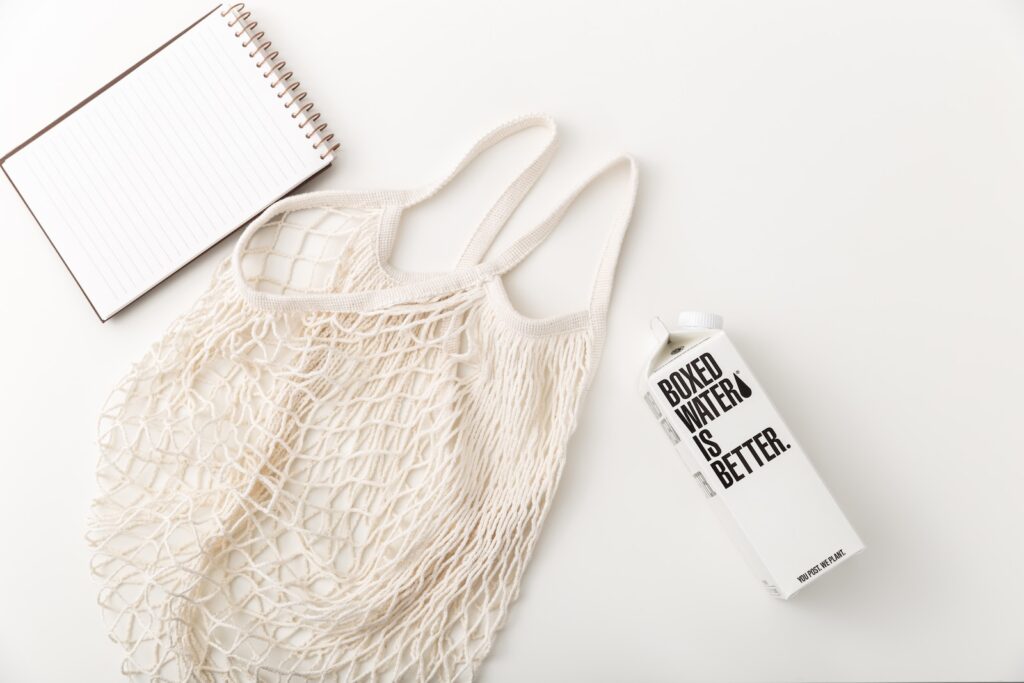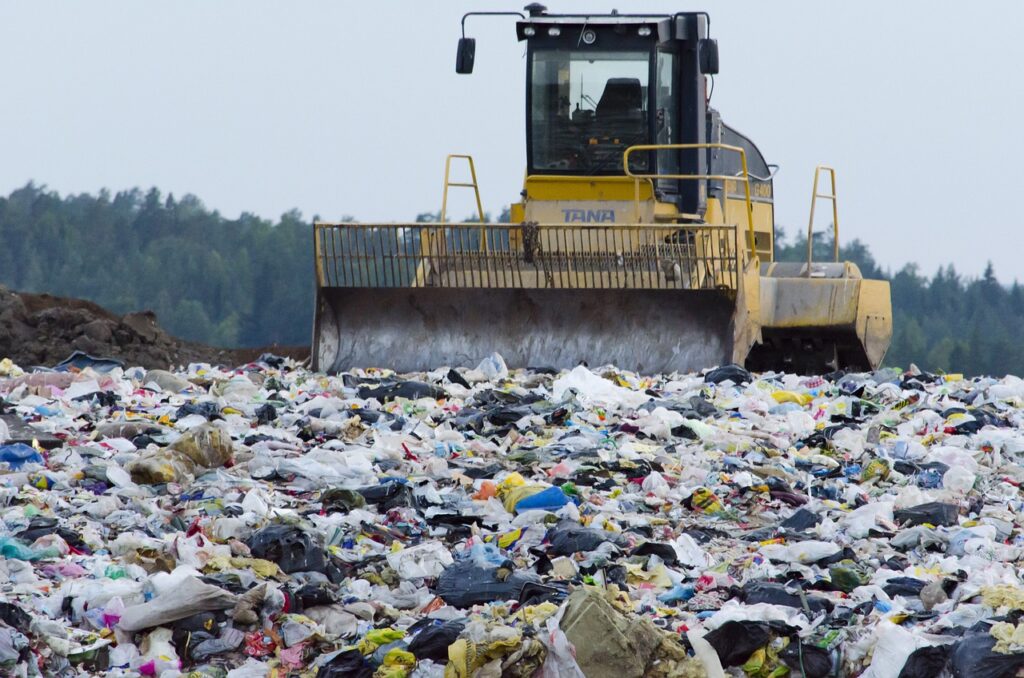In ethical consumerism, terms like “vegan” and “cruelty-free” have gained substantial traction. These labels signify an individual’s commitment to making mindful choices that align with their values. While both terms are often associated with animal welfare and environmental consciousness, they hold distinct meanings and implications. Below we’ll break down the difference between vegan and cruelty-free, helping you navigate the nuances and make informed decisions as a conscientious consumer.
What Does Vegan Mean?
Definition:
When a product is labeled as “vegan,” it means that it does not contain any animal-derived ingredients or byproducts.
Implications:
Vegan products are devoid of substances like meat, dairy, eggs, honey, and other animal-derived components. By opting for vegan items, you’re supporting a lifestyle that avoids the exploitation of animals for consumption or production purposes.
What Does Cruelty-Free Mean?
Definition:
A product is considered “cruelty-free” if it has not been tested on animals during any stage of its development or manufacturing.
Implications:
Choosing cruelty-free products supports the movement against animal testing. These products are developed through ethical practices that prioritize human-centric testing methods, alternative techniques, and safety assessments that don’t involve animals.

Help me get started!
Do you want to live a less-toxic, more eco-friendly lifestyle but have no idea where to begin? Here’s our “Non-Toxic 101” guide to get you started today!

Key Differences:
Ingredients vs. Testing:
- Vegan: Focuses on the ingredients used, avoiding animal-derived components.
- Cruelty-Free: Focuses on the testing process, ensuring products are not tested on animals.
Animal Welfare:
- Vegan: Primarily addresses animal welfare in terms of avoiding the use of animal products.
- Cruelty-Free: Primarily addresses animal welfare by abstaining from animal testing.
Scope of Impact:
- Vegan: Impacts both ingredient sourcing and the broader consumption of animal-derived products.
- Cruelty-Free: Primarily impacts the testing phase of product development.
Labels and Certifications:
- Vegan: Products may carry labels like “certified vegan,” “100% plant-based,” or “vegan-friendly.”
- Cruelty-Free: Products may bear labels such as “cruelty-free certified” or display logos from organizations that advocate against animal testing.
Industry Focus:
- Vegan: Often associated with food, cosmetics, and lifestyle choices.
- Cruelty-Free: Primarily associated with cosmetics, personal care products, and household items.
Further Resources: Navigating the Ethical Beauty Landscape
- PETA’s Beauty Without Bunnies – A comprehensive database of cruelty-free beauty brands.
- Leaping Bunny Program – A well-known cruelty-free certification program.
- Peta Approved Vegan – Highlights companies that provide vegan products.
- Vegan.org – An organization that has certified thousands of vegan products.
- U.S. Food and Drug Administration – Frequently asked questions on labeling.
- Company Websites: Companies often detail their sourcing, testing, and ingredient policies on their websites. If in doubt, don’t hesitate to reach out to them for clarity.
In embracing ethical consumerism, understanding the difference between “vegan” and “cruelty-free” is essential. Cruelty-free does not mean vegan and vegan does not mean cruelty-free. While both terms advocate for animal welfare and sustainable practices, they address distinct product creation and consumption aspects. You contribute to a lifestyle that avoids animal-derived ingredients by choosing vegan products. On the other hand, opting for cruelty-free items supports the movement against animal testing. Ultimately, your choices empower you to align your values with your purchases and contribute to a more compassionate and conscientious world.






